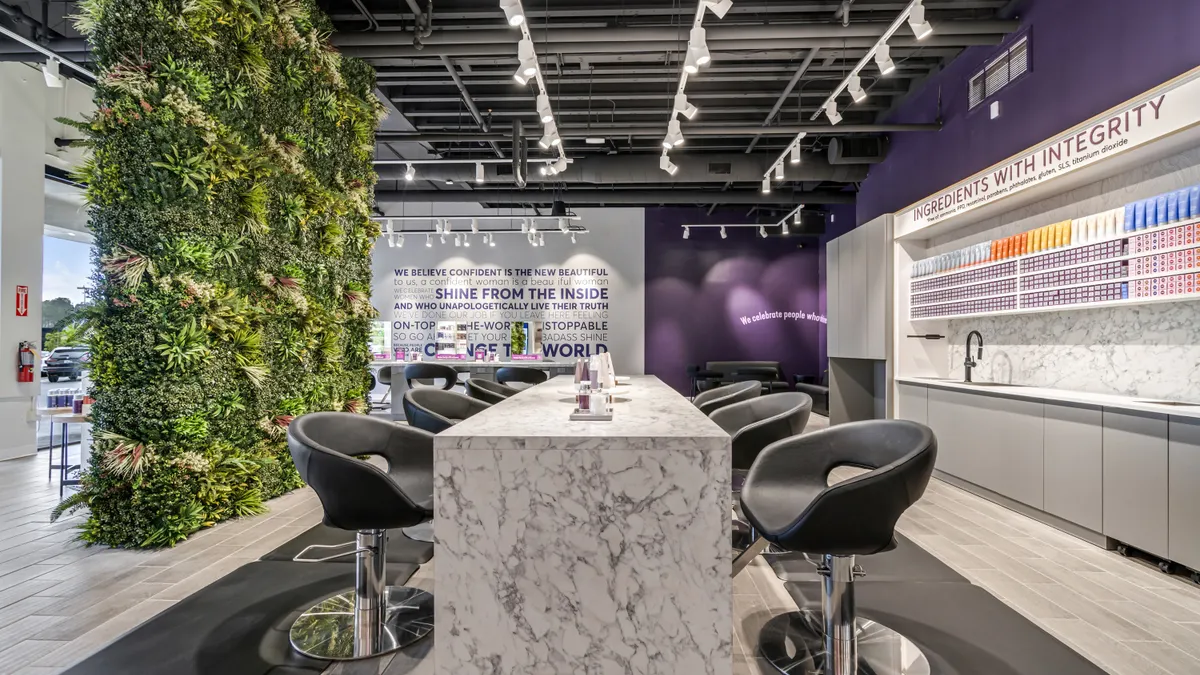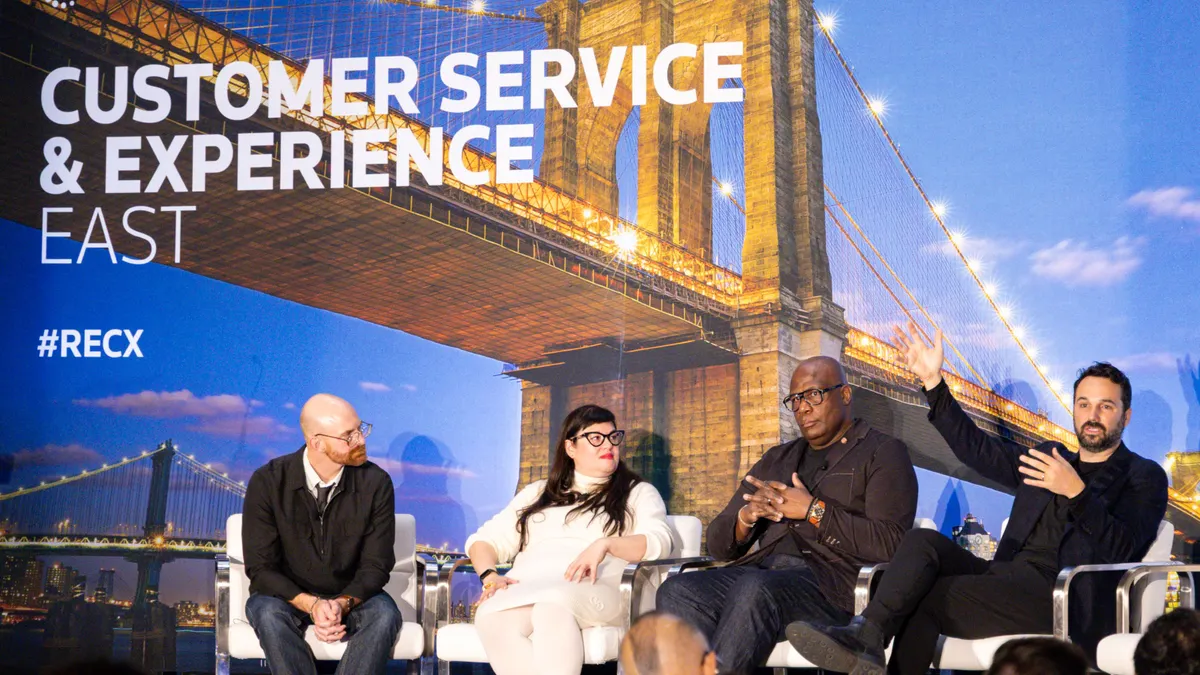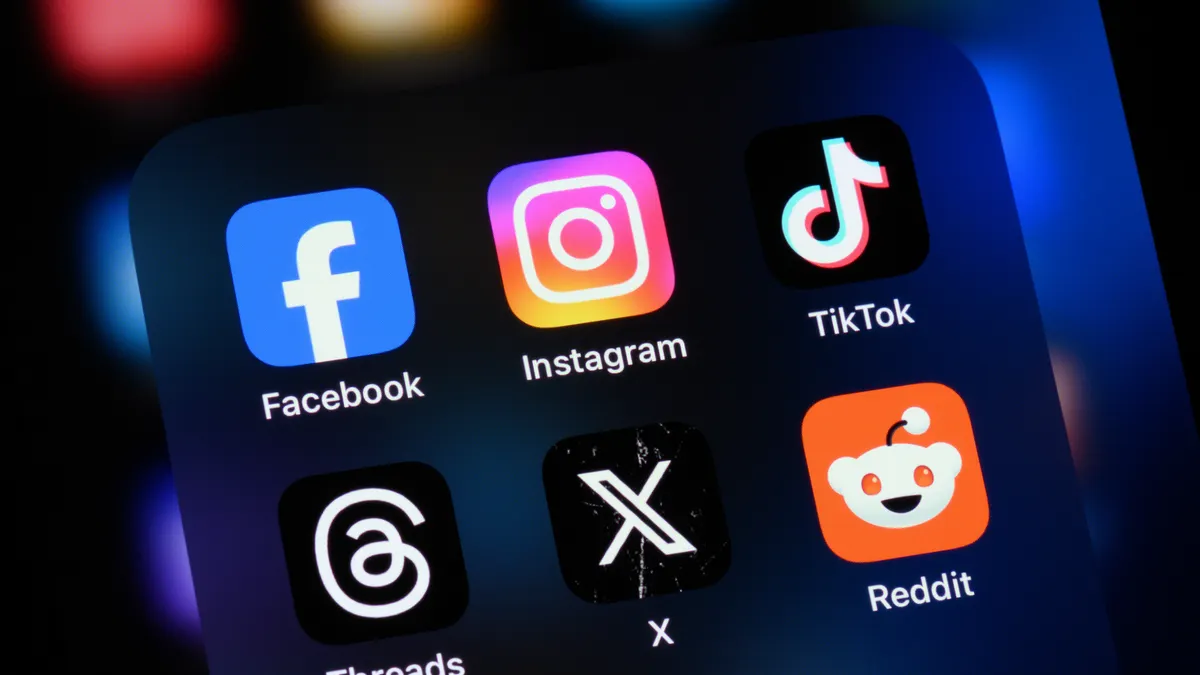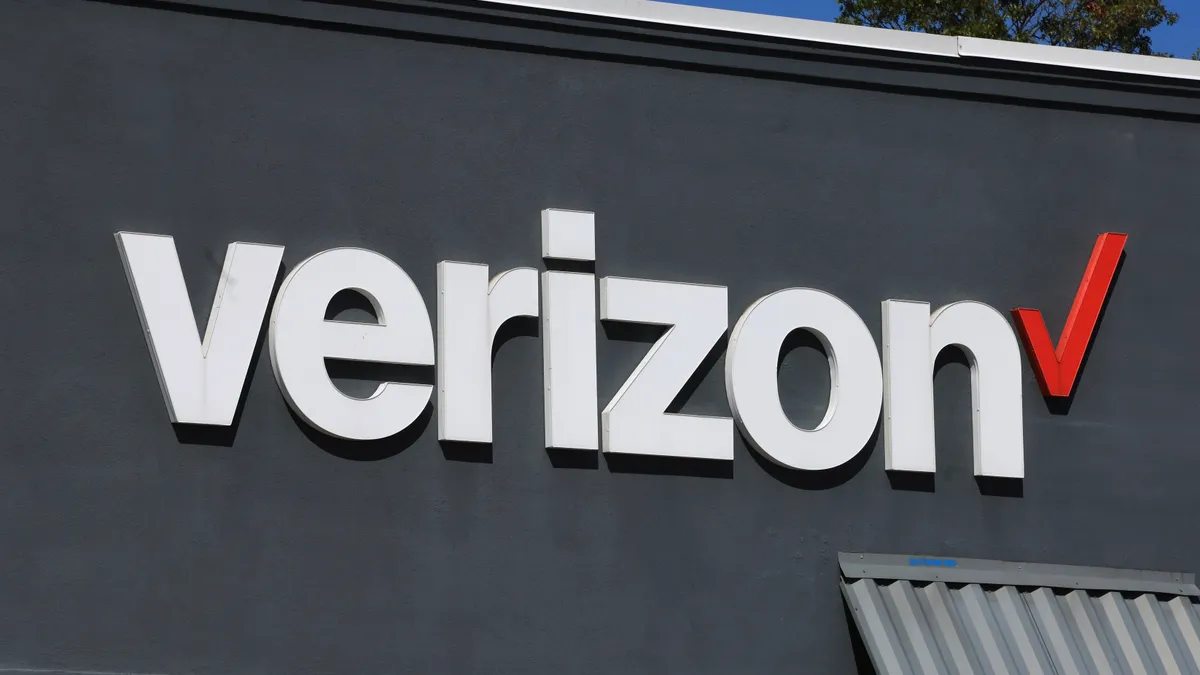The net promoter score is one of the most widely used tools available to CX leaders. It also is one of the most misunderstood.
A common error leaders make is assuming NPS is a direct measurement for customer experience. It isn’t, experts told CX Dive. What it actually measures is customer loyalty.
“NPS is a relationship metric,” Isabelle Zdatny, principal catalyst at the Qualtrics XM Institute, said. "It measures loyalty attitudes, not customer experiences."
This doesn’t mean NPS can’t be a valuable tool for CX leaders. NPS alone won’t measure total CX success or failure, but it can serve as a beacon if handled properly.
The key is to understand where NPS fits into your strategy while making sure the score isn’t being built up into more than it really is, according to Maxie Schmidt, principal analyst in Forrester's customer experience practice.
“NPS is like when you open your window and you put your hand out,” Schmidt said. “If you're trying to tell me what the weather is, your hand is probably quite okay at seeing whether it's super cold or super hot or if it’s raining, but it's not an instrument that's finely tuned to understand exactly what the weather is.”
What is NPS?
The net promoter score is based around one simple question: How likely is it that you would recommend a company, service or product to a friend or colleague?
Companies then ask respondents to rate their response on a scale ranging from zero, for not at all likely, to 10, for extremely likely. Customers fall into one of three categories:
- Promoters, who respond with a score of nine or 10, are the most likely to be thrilled with their transaction and sing praises to their friends.
- Neutrals, with a score of seven or eight, are generally satisfied but not enthusiastic enough to make a recommendation.
- Detractors, who respond with a six or less, are unlikely to use the company’s services again, and may warn others away from the business if their feelings are strong enough.
A company’s net promoter score is found by subtracting the percentage of detractors from the percentage of promoters. So, if a company has 60% promoters and 10% detractors, its net promoter score is 50.
NPS is a starting point
Targeting NPS improvements for the sake of hitting a certain score often fails to move the needle on business goals. Instead, NPS works better as a jumping off point to measure progress on developing customer relationships that align with established goals.
“We tend to see organizations obsess over metrics, and metrics are a means to an end,” Zdatny said. “They're not the end in and of themselves. Insights are only valuable if they're used to drive action.”
By looking at how NPS scores relate to the business as a whole, leaders can translate insights into action.
Companies using NPS should look at it with a greater degree of granularity, according to Schmidt. This includes targeting detractor, passive and promoter scores directly, rather than always trying to improve NPS as a whole.
“In some industries, it makes much more sense to move from a detractor to a passive,” Schmidt said. “In other industries, it makes much more sense to move from a passive to a promoter. But in some industries, it makes the most sense to get rid of strong detractors.”
What’s best for the company isn’t always best for NPS, according to Schmidt.
Turning strong detractors — those with a score of three or less — into a regular detractor with a score of four won’t change a business’s overall NPS, because the share of detractors remains the same.
However, reducing strong detractors may result in significant improvements to business outcomes even if it doesn’t move the needle on NPS, according to Schmidt. In this case setting up a target for the proportion of strong detractors, rather than overall NPS score, makes sense.
Adopt NPS with a purpose
One common NPS pitfall among leaders is adopting the metric because it’s popular, rather than because it can help drive meaningful CX improvements at their company, experts said.
“When I talk to people, 9 out of 10 have no sure way to identify the link of NPS to business results,” Schmidt said. “They've either adopted NPS because the executives told them to or because some consulting firm told them to or because it seemed like the right thing — but they've never checked the link between NPS and business results.”
The popularity of NPS does give it value as a benchmarking metric. It can be used to measure customer loyalty against specific competitors or overall industry standards.
However, leaders may want to ensure they’re using NPS to look at the same metrics as competitors. Companies often use NPS in different ways, which can make direct comparisons tricky.
“Not all people talk about the same thing when they talk about NPS,” Schmidt said. “I've learned to ask, ‘What do you mean when you say you're doing NPS?’”
Another potential shortfall of NPS is how cultural differences can significantly affect the score. People in different countries are more or less likely to recommend a business or service in general.
Qualtrics XM Institute research found that consumers in some countries are more likely to recommend a brand than others, even if consumers in both countries have similar feelings about the brand, according to Zdatny. For example, NPS surveys in India and Brazil tend to produce higher scores, but across the U.K. and in Asia, consumers are often less likely to recommend a company, even if they like it.
“It is not a good global metric,” Zdatny said. “There's enormous amounts of cultural bias in the questions.”
When to keep using NPS, and when to drop it
Companies that understand the use cases for NPS and avoid its pitfalls can benefit from using the metric as a CX beacon. However, there are certain circumstances where it makes sense to focus on other metrics instead.
The three most common situations that should indicate to a company to stop using NPS are, according to Schmidt, when NPS is inversely correlated to financial success, when employees intensely dislike NPS, or when customers are misunderstood or offended by NPS survey questions.
The third situation comes up most often among utilities and other services that may be operating without competition, Schmidt said. In those cases, customers don’t have anyone else to recommend, which can make them feel frustrated.
If companies don't run into any problems, they can usually make good use of NPS, even if it isn’t perfect.
Schmidt likened NPS to an apricot tree on her rented property, which produces very little fruit in some years. Her landlord has the final say in whether it stays or goes, so she focuses on making the most of what it can offer.
The same approach can work for NPS programs with uncertain outcomes.
“Maybe it has disappointed some of us, but I'm not ripping it out because the executives really like it,” Schmidt said. “So how can we live with it?”
The answer, she says, is tying metrics back to business goals. NPS by itself isn’t a perfect metric, but it can establish a baseline for exploring where customer interactions are working and where they are falling short.






















